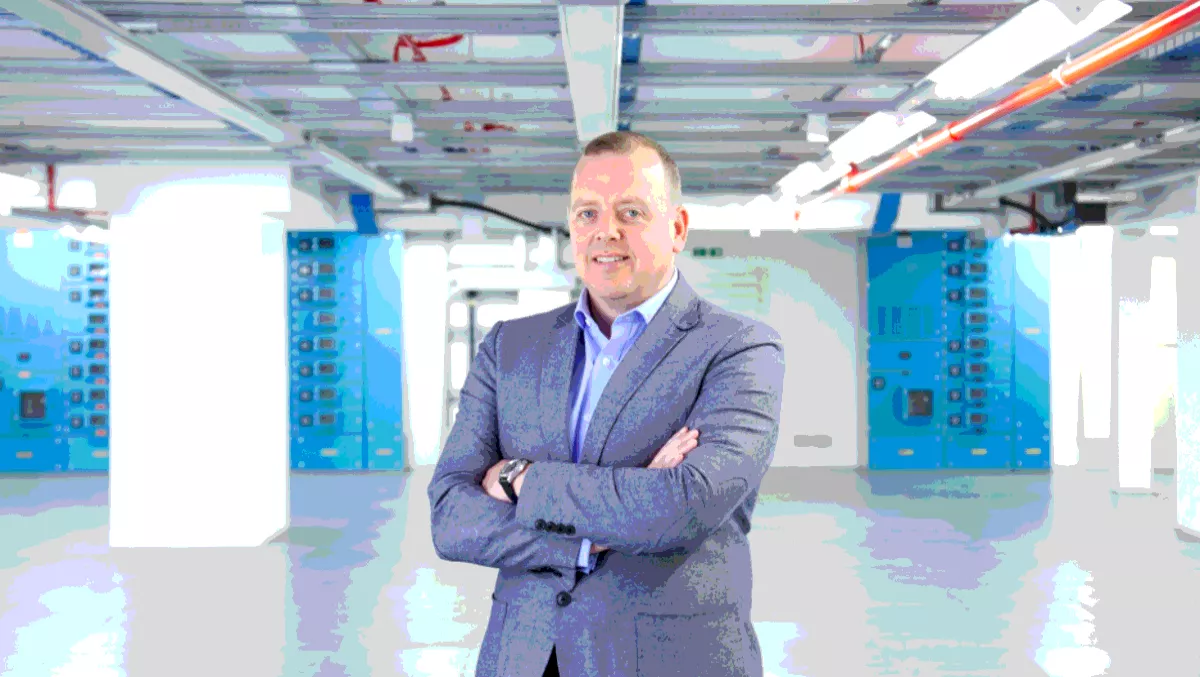
Data Center managers who have spent the past few years consolidating their infrastructure might be forgiven for wondering if edge computing, and the accompanying edge data center, is little more than a bad joke.
The consolidation of data centers over the years has made perfect sense, helping reduce IT and data center real estate, while improving resource usage efficiency and financial savings.
But as businesses become more reliant on the ability to transfer data rich files across locations, the need for more localised IT and data center resources has grown with it. Enter the rise of “edge data centers”.
Living on the edge
So what is an edge data center?
Well, it's likely to be smaller than your consolidated, centralised data center and situated nearer to the end users.
For example, your organisation might be based in the south-east, where you have your main data center, but your customer base is spread right across the UK, so you might consider placing edge data centers nearer to end user groups.
Why an edge data center?
Well, more end user applications are requiring better performance, increased reliability and reduced latency. This is true for what might be termed ‘push' and ‘pull' scenarios.
In the push case, applications and content that needs to reach customers quickly could be served centrally.
But think about the latency of delivering large data sets from London to Moscow.
If you already have a data center in Moscow, elsewhere in Russia, or even a nearby country, then the end user experience is going to be much better if data is transferred between these local centres, rather than being transferred from London to Moscow.
The data has much less distance to travel and many less network links to pass through, meaning speed and reliability will be significantly improved.
In the pull case, thanks to technologies such as the Internet of Things (IoT) and Artificial Intelligence, more data is going to be created remotely by intelligent devices, meaning much of this data will need to be processed remotely.
Perhaps of more immediate relevance to most businesses is the increasing need for real-time customer interaction. Imagine if an existing customer walks by your shop and you could send them a message offering an exclusive discount if they come in and make a purchase.
By processing data locally in an edge data center, there's every chance that you can interact with a customer before they leave the shop.
However, having to wait for data to travel hundreds of miles to a centralised data center facility, could result in a missed sales opportunity.
So, while an edge data center deals with the faster processing needed for real-time applications, it can also send back locally produced information to the centralised facility for storage and enable a more strategic analysis to take place.
And, thanks mainly to the development of orchestration and other automation tools, edge data centers can be operated remotely - so there's no need for local expertise.
Still sceptical about the potential of edge data centers? Well, think what happens when you try and make an online purchase and the website you are using is slow to load. Do you wait patiently, or go and find another, faster website?